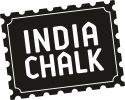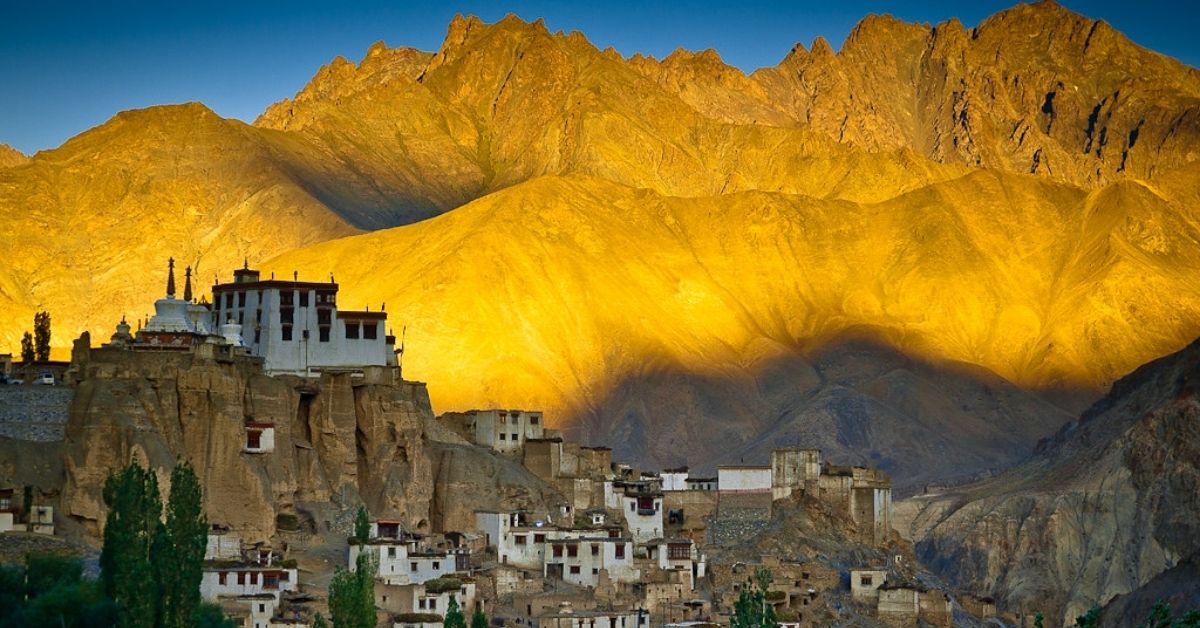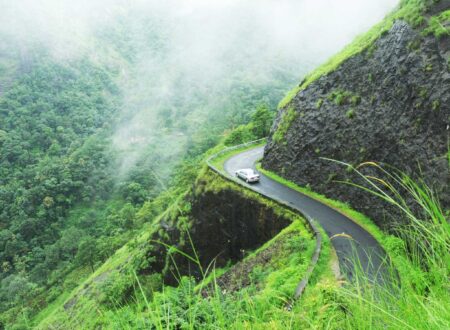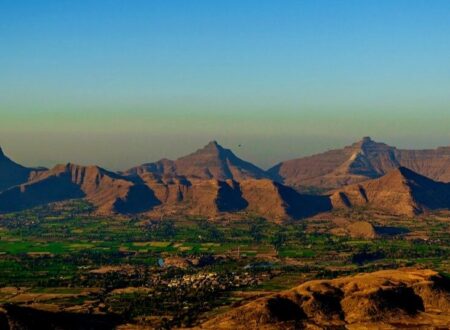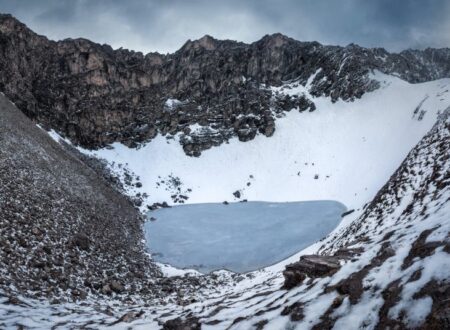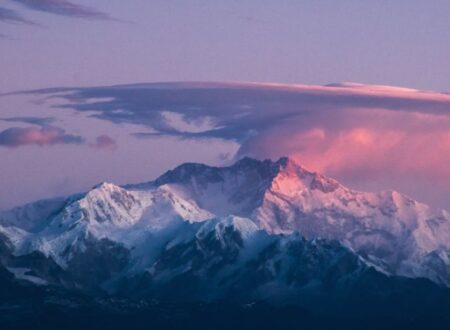Ladakh’s royal Namgyal Dynasty goes back to the 1400s. The dynasty held its power against a backdrop of tough neighbours who were Tibetan warriors, Central Asian bandits, Kashmiri invaders, and Sikhs who required shrewdness, arms, and diplomacy. Ladakh is popular by the name of “Little Tibet” due to its similarity in the cultural and environmental aspects with Tibet.
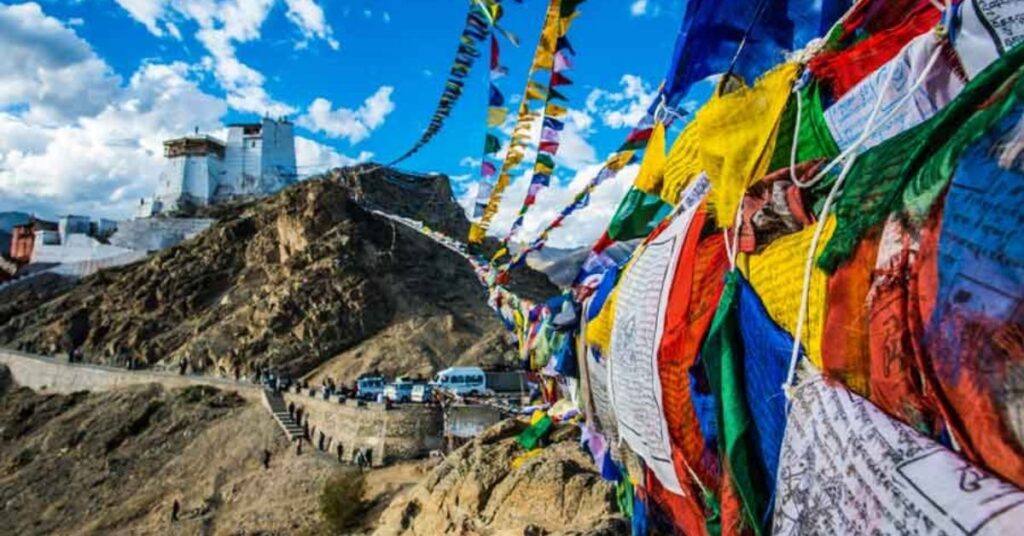
The villages and hamlets have various Buddhist Gompas where thousands of Buddhist monks and hermits are engaged in meditation. Ladakh is a cold desert plateau, a western extension of the Tibetan Plateau in the great Himalayas, the region shares its border with China and Pakistan. Local residents include Tibetan refugees who crossed into the Indian Himalayas.
Stays with Amazing Sights
The 17th century Rare certified Stok Palace hotel is outstanding in terms of aesthetics. Travellers can book their stay at Chulli Bagh villas which are situated by the orchard.
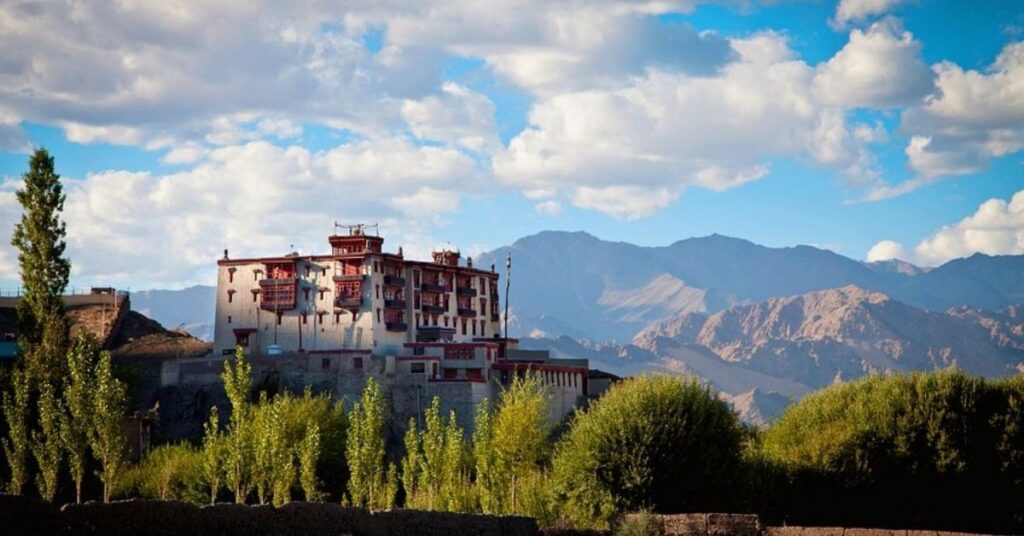
The royal Stock Palace hotel is located at the edge of a scenic pastoral which is just 15 km. away from Leh city. It has been beautifully renovated and offers a look into the centuries-old royal Ladakhi traditions. The best part of being a guest of this hotel is that the 34th generation of the royal family is still in residence.
For Buddhist devotees, the Stok Palace started and dates back to 1980 with the blessing and consent of His Holiness the Dalai Lama, the visitors from far-off lands have been the selective guests of this outstanding hotel.
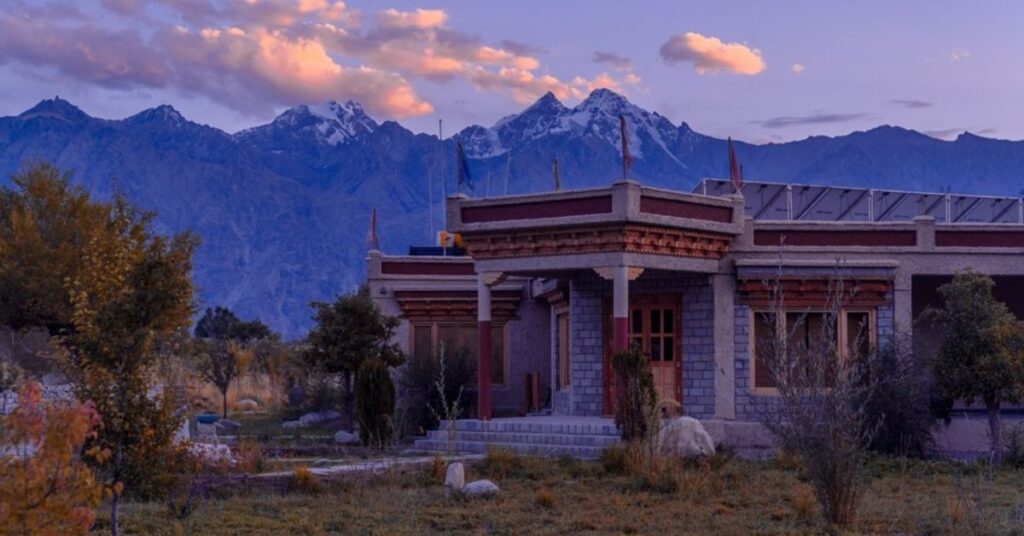
The family-owned Lchang Nang is a great option. The respectable Kalon family have been the pioneers in Ladakh when it comes to promoting sustainable hospitality in the region the Retreat, you have the liberty to explore the fascinating local Ladakhi lifestyle and indulge in a bewildering array of activities to rejuvenate yourself. Cooking, Village Walk, Walking, Yoga, Cycling & Mountain Biking, Performing Arts as well as Astronomy and Tea Experience.
Must-have Cuisines of Little Tibet
Of late Leh indeed has come of age when it comes to world cuisine. After two decades of sustained tourism with a large number of international visitors every year, a variety of trendy eateries and restaurants have come up in the Leh which offers the very best of world cuisines at a very competitive rate. Apart from European and Tibetan cuisine, one is also likely to come across restaurants dishing out Israeli delicacies.
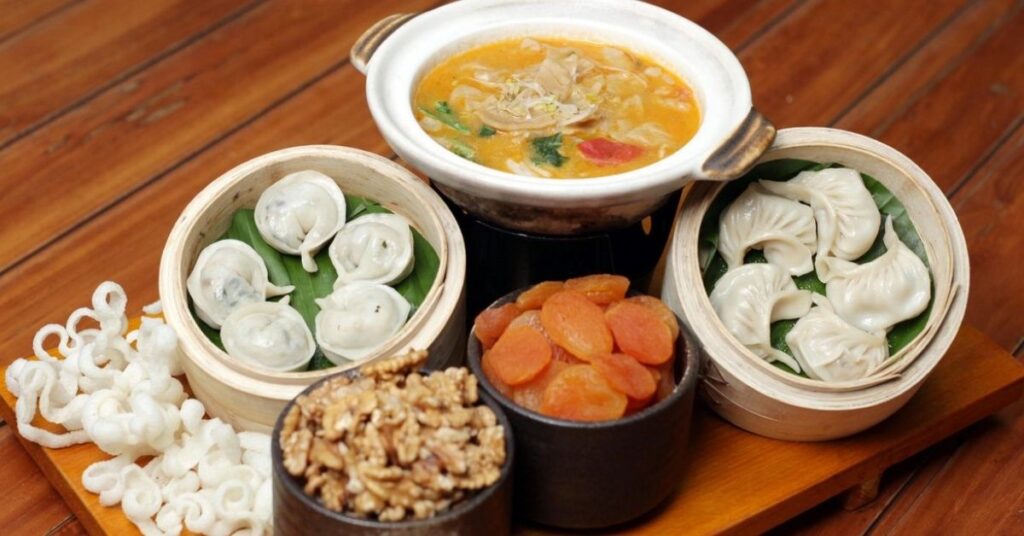
For Tibetan cuisine drop in at Tibetan Kitchen or Amdo Café. Continental and Mughlai fare, Summer Harvest is a good option. In case of mouth-watering Kashmiri fare, there is Budshah Inn near Jamia Masjid. Besides, light snacks and tea/coffee, Pumpernickel German Bakery at Zangsty Road and Penguin Café in the Main Bazar are good options. The latter is renowned for its plates of pasta and Banana Pancakes.
What to shop?
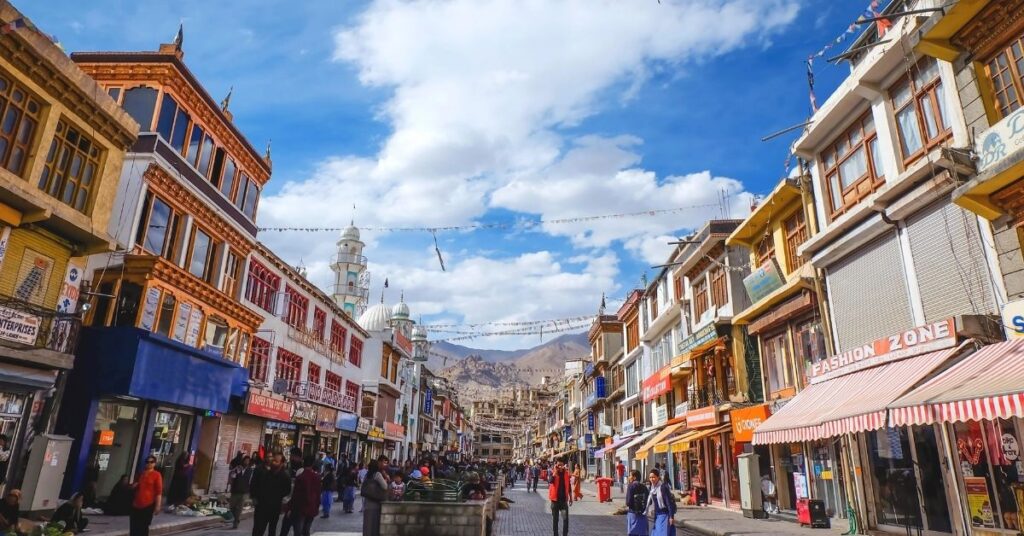
Leh fascinates many visitors by the indigenously manufactured handicraft items and Tibetan jewellery. Carpets and rugs to are a rage with the visitors. A thriving fake antiquities racket is in existence at Leh so be very careful when it comes to purchasing carpets and Tibetan items. Ledeg Handicraft Shop is reliable and during the peak tourist season, an exclusive market (Tibetan Market) on the Fort Road where one can buy authentic Tibetan goods and curios.
Spectacular Monestaries
Hemis Monastery
The spiritual centre of the Drukpa lineage or the ‘Red Hat sect’. Without a doubt, Hemis gompa is famed for being the largest and richest monastery in Ladakh. Tourist across the world come to celebrate Hemis Tsechu ( the tenth day of the annual monastery festival) in dedication to Padmasambhava or Guru Rinpoche. Also, the three-centuries old silk thangka painting of Guru Rinpoche is only unfurls every 12 years.
Additionally, the Monastery has a museum with centuries-old statues and thangkas of Buddhist gods and goddesses. Tourists can purchase curios, paintings and postcards, wooden statues and other artifacts from the museum shop.
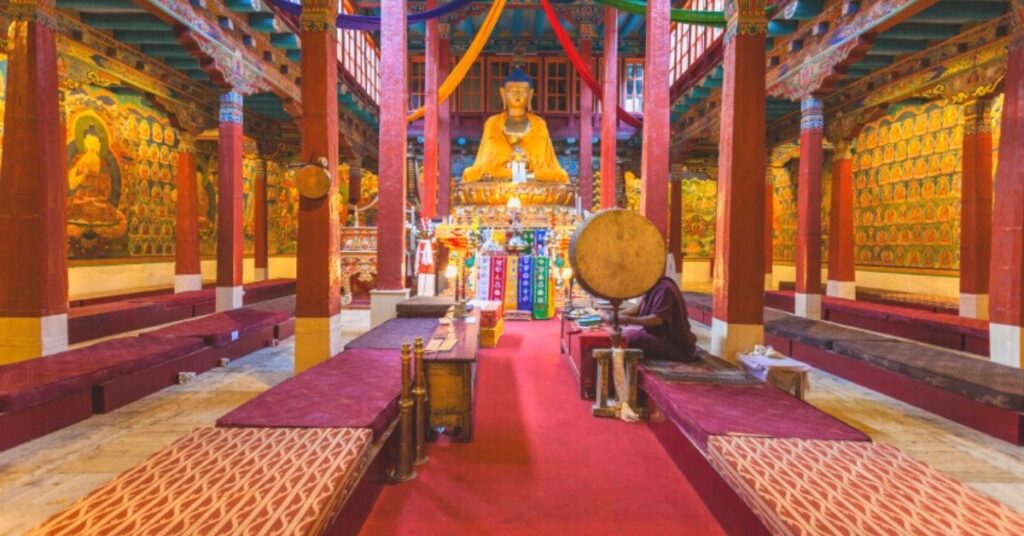
Phuktal Monastery
Reaching Phuktal monastery is challenging as it can be reached only by walking. However, it is a photographer’s delight as the gompa is built on a cliff and the principal shrine rooms are constructed inside a cave. Similarly, there is an intricate network of wooden ladders and platforms that the monks and visitors use to reach the gompa. The paintings at the Phutkal gompa are identical in style to those at Alchi.
Thiksey Monastery
This monastery stands out for its sheer size and glory Located 19 km east of Leh town, Thiksey gompa has a striking resemblance to Potala Palace in Lhasa, Tibet. Established during the period of Gelugpa expansion in the 15th century. It is one of the largest monasteries in Ladakh, with buildings on a cliff rising in tier upon tier dominating and complementing the village. The statue of the Maitreya Buddha (Chamba) is one of the largest in Ladakh. Here, newborns are often christened Chamba by the Rinpoche (spiritual and religious teacher).
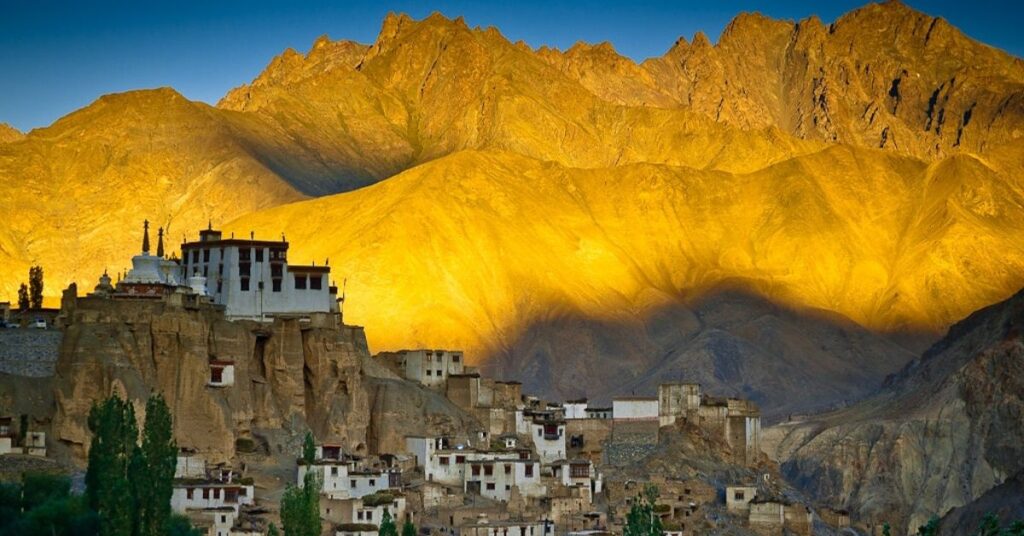
Lamayuru Monastery
Lamayuru monastery is one of the most picturesque gompas in Ladakh. On a mountain above the valley off the main road descending from Fotu La pass to Khalse. In addition, the main assembly hall (dukhang) is a construction around the opening of a cave. Moreover, Naropa (teacher of Marpa who later taught Milarepa – one of Tibet’s most famous yogis and spiritual poets) rested and meditated in the 11th century.
Palaces in Ladakh
Leh Palace
Leh Palace also known as Lachen Palkar Palace is a former royal palace overlooking the town of Leh. When Dogra forces took control of Ladakh in the mid-19th century, it forced the royal family to move to Stok Palace. Moreover, the Palace Museum holds a rich collection of jewellery, ornaments, ceremonial dresses and crowns. Tibetan thangka or paintings, which are more than 450 years old.
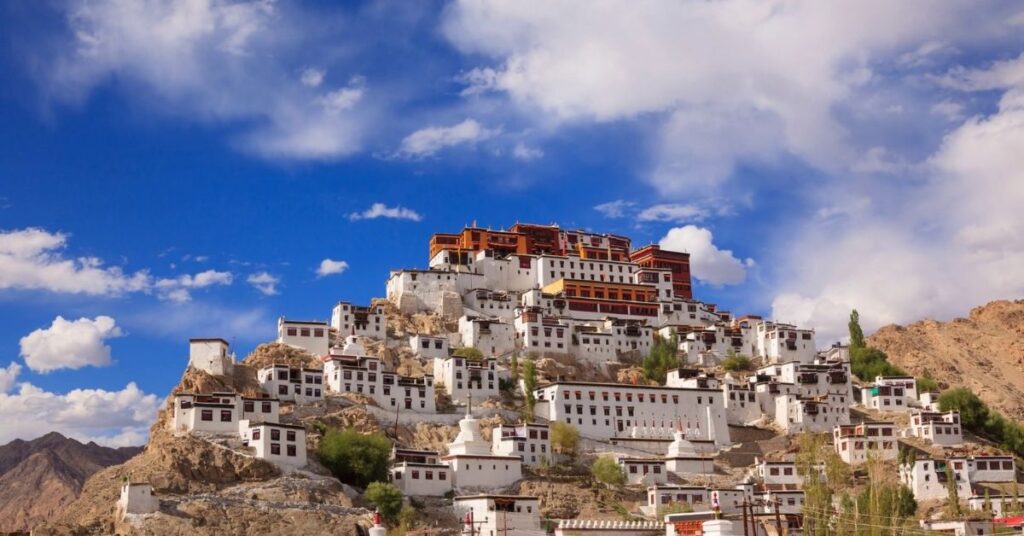
Shey Palace
Shey Monastery or Gompa and the Shey Palace complex are structures located on a hillock in Shey. It’s 15 kilometers (9.3 mi) to the south of Leh in Ladakh, northern India on the Leh-Manali road. It was the summer capital of Ladakh in the past that has a huge Shakyamuni Buddha statue. Besides, it is the second-largest Buddha statue in Ladakh.
Lakes in Ladakh
Pangong Tso, Tso Moriri, Tso Kar, Nyak Tso, Yarab Tso, Mirpal Tso, Stat Tso and Lang Tso, Kiagar Tso, Chagar Tso, and many more beautiful lakes of India’s Little Tibet. With mother natires blessings, the lakes in Ladakh say it all. Likewise, there is something admiring the graceful blue waters reflecting the clear skies. These are set against a backdrop of snow-capped mountains and plains.
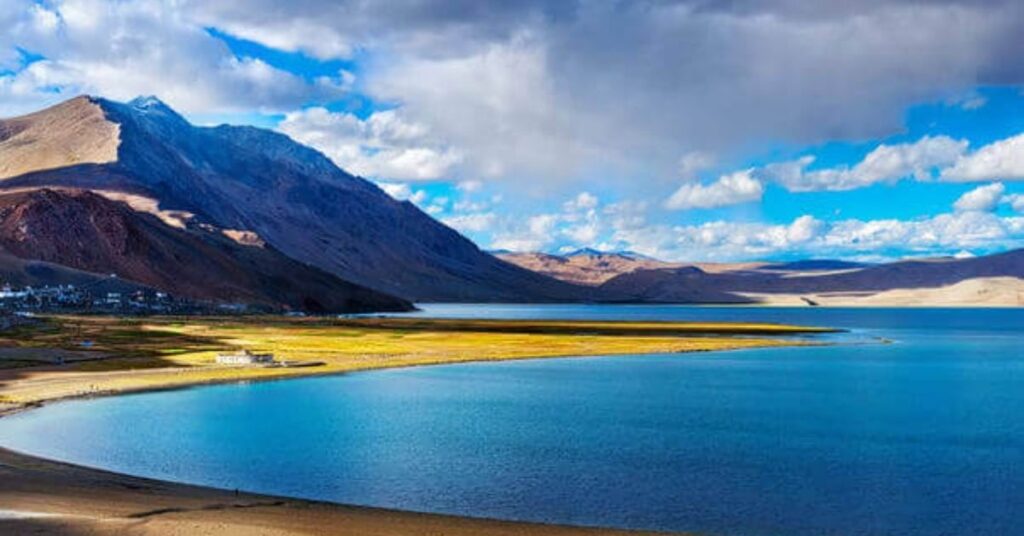
Undoubtedly, we surely fell in love with the beautiful land of monasteries and mountains. Add India’s Little Tibet to your travel bucket list and have memories to cherish and not get over this magical place.
Also follow India Chalk on Instagram for more amazing travel content. You can share your travel story with us. Reach out to us on email at contact[at]ndiachalk[dot]com. This blog is curated by India Chalk and written by Soumya Karkera
